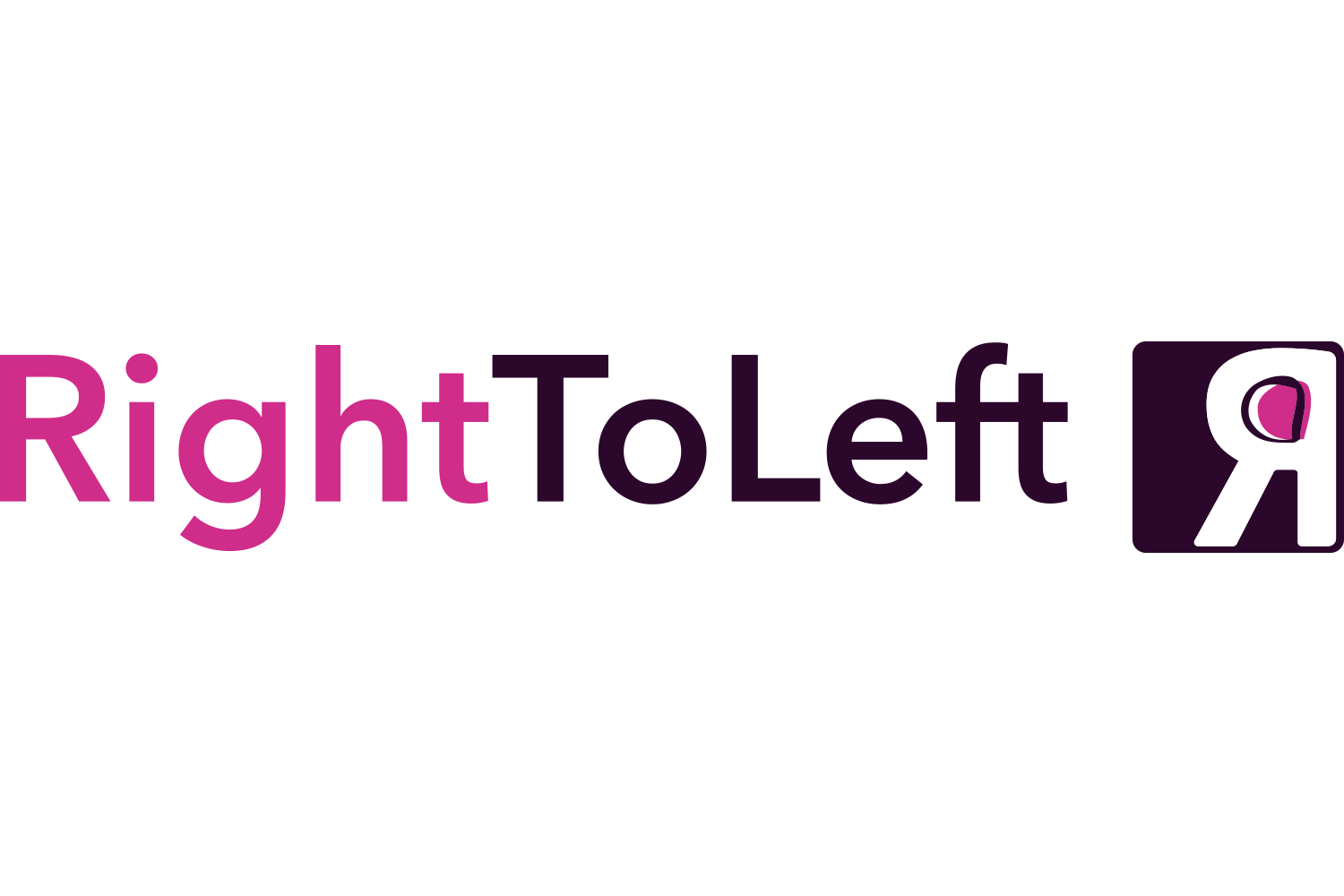Stop wasting money using the roadmap to execute your product strategy
How do you create confidence in your product strategy with those that approve investment i.e. c-suite or board members? Unfortunately, without anything better, many product leaders rely on the product roadmap to demonstrate their strategy. This is a mistake.
What happens when you show a senior leader a roadmap? They will evaluate the probability of success for items and they will want to know how much it will all cost. The first reaction is an issue because they do not have visibility of the research or assumptions and can only form opinions with bias. The second reaction asks a question which is often impossible to answer given the volume of unknowns. Product leaders need to create confidence by using the value drivers of their product strategy to frame the roadmap - or in some cases replace it.
Product strategy is a high-level plan that outlines how the product will support the vision and achieve business goals. It brings together who the product is for, the needs of the market, and your set business goals. Without product strategy, we have no alignment on what approaches product development will take to iterate closer to the vision and deliver commercial goals. There are multiple dimensions to product strategy that need to be considered and validated. Still, in this article, I am only focusing on the must-have aspects if you want to execute your strategy effectively.
Empowered product teams
Product teams need the product strategy to guide them on which problems to solve - without dictating features. If we want to maximise our investment in engineers, designers, and product managers, they must be empowered to understand the root causes of problems to find the most effective and valuable solutions to those problems. If we treat people as code builders who only deal with the construction of features, we are missing out on the value they bring to the business. This is often referred to as empowered product development teams.
Working with an incomplete product strategy
One common mistake is shaping the product strategy like a business strategy, which fails to align the organisation with value assumptions. It presents product managers, engineers, and designers with nothing they can directly impact. Too often, I see the product strategy only gets written halfway, describing initiatives or projects mapped to the business goal. In better examples, there will be a hint of customer value.
This is a bad example, showing a high-level strategy focused on business goals:
Early roadmaps ignore what matters
Another common mistake we see is having business goals as the priority, with some strategic initiatives following. But more is needed to help the product team or stakeholders understand what it is about the theme that needs to be improved. The outcome for the customer is not expressed at all, and the assumption of how the product might deliver this outcome is unspoken. Leadership wants to help teams smoothly and effectively execute, so an effort is made to provide more clarity. This will typically result in a list of "obviously valuable" features for teams to deliver, referred to as a roadmap.
Taking the examples above, the roadmap provides a more granular direction than the strategic initiative of improving onboarding. The roadmap will contain specific features requested, for example,
Bulk user creation.
Getting started guide showing x, y, z.
An interactive guide on each main dashboard.
The product strategy articulated as a roadmap frequently commits teams to a predetermined solution, leading to wasted effort and disappointing results. We need to avoid this.
The Product VCP
To help product teams execute product strategy, we need to collaboratively articulate the product strategy in terms that teams can directly impact. They do need the context of business value and framing of customer value, but neither are the direct impacts of releasing features. The diagram below shows the layers of the product strategy captured by the Product VCP (Value Creation Plan) and how this feeds into the product team's delivery and discovery cadence.
The Product VCP interfaces with the product team by focusing on customer or user behaviour (in b2b, these are often different people). Engineers and designers can then focus on understanding the problems and finding solutions that result in creating or modifying user behaviour. It provides the team with actionable guidance without limiting the solution. If we go back to our previous example, we had the strategic initiative of onboarding, the desired user behaviour might be:
Reduce the first-time users' time to interact with core features.
Increase user awareness of key changes in their metrics.
These behaviours have many solutions that may be more impactful and cost-effective than the ideas rushed into a roadmap. We call the thinking that links customer value to user behaviours Value Assumptions. By articulating your product strategy with the Product VCP instead of rushing to create roadmaps, you can align your stakeholders on what matters and empower your teams to find the best solutions. When we do this well, the user behaviours are expressed as high-level items, providing an opportunity for teams to innovate and create market-leading differentiation.
Hungry for more?
The following article in this series explains Value Assumptions in more detail.
To help build your product value creation plan, subscribe to the 10-part guide "How to execute your product strategy". We will send you the articles and a download containing the templates used throughout the guide.
If you want to accelerate building your Product VCP check out our hands-on coaching program, or our 1:1 product leader coaching.



